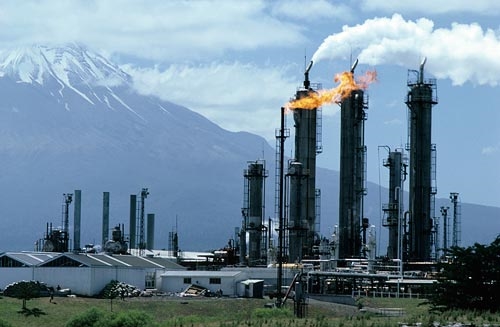In New Zealand, more and more people every year are choosing to have solar installed on their homes and businesses. But good solar requires the right roof, so you may be asking: is your roof right for solar?
We’re taking a look at the key aspects that make a roof solar-suitable, and debunking a few of the common myths along the way.
Orientation
The orientation of your intended roof installation space can make a difference to whether your home is viable for solar power.
In general, a northern orientation for your solar panels is best when you live in the southern hemisphere. This means that, as the sun rises in the east and sets in the west, your solar panels are receiving the most sunlight possible throughout the day. A northwest or northeast orientation is also viable.
However, eastern and western facing solar panels can still work. They do receive slightly less sunlight, and therefore won’t generate quite as much power as a northern orientation, but for most applications, this percentage drop will be very small.
In fact, for some solar installation, an eastern or western orientation can be beneficial. If you’re away from home during the middle of the day and require greater energy output in the morning or evening, an eastern (morning) or western (evening) orientation can get you more power during these peak times than a northern orientation wouldn’t.
Pitch
Just like roof orientation, the actual tilt of your roof can also make a difference to the suitability of solar for your home.
The best tilt angles for solar panels will depend on where you live in New Zealand.
Generally speaking, we find that the best orientations are between 23 degrees and 36 degrees in the summer, and 51 to 61 degrees in the winter (when the sun is lower in the sky).
The exact figures will depend on where you live in New Zealand. Dunedin and Invercargill, for example, need a steeper tilt than Whangerei and Auckland.
If your roof doesn’t match these figures exactly, don’t worry! The frames that solar panels are mounted on can be adjusted to better fit the right position for your home.
Flat roofs can also be suitable for solar, but it’s even more important to have the right angle not just for the best solar generation, but for practical reasons like ensuring the angle is steep enough that leaves and dirt don't stick to the panels and impair their generation capability.
Size
A roof has to be a certain size to accommodate solar panels. Smaller roof space means smaller systems, but with solar technology becoming more and more efficient every year (and therefore allowing for newer, smaller panels to generate just as much as older, larger ones), the space required becomes more flexible.
Generally, we like to have at least 24 m2 available for most residential solar projects. If you have more space, you can accommodate more panels, and thus increase your generation capacity.
Shade
If you get shade on your roof, you’ll also get shade on any solar panels installed there, impairing their function and their ability to generate solar power consistently throughout the day.
Tall buildings, trees and chimneys (yours or your neighbours) can create this kind of shade, so it’s a good idea to get a shade analysis done as part of your solar assessment. Some shade can be worked around - a photovoltaic optimiser can be used to minimise the impact of mild to moderate shade. Your ZEN Energy expert will be able to help.
It’s also a great idea to check with the council and the local area to see if there are any plans to build anything nearby that would create shade in the future. Small trees become big trees as well, so best to plan ahead.
Structure
Even if the orientation, tilt and shading is perfect, an old or structurally unsound roof can cause issues for solar power. The average solar power system is quite heavy, and while it’s rare to find a roof that can’t handle the weight, it does happen. Sometimes, additional roof support may be needed.
Solar panels last for 25 years or longer, sometimes even outlasting the roof that they’re installed on. We don’t recommend installing solar on roofs that may need replacing within that timeframe.
Single or double-storey homes are both equally suitable for solar and can have panels installed.
Materials
Solar can be installed on a wide variety of roofs, but certain materials make the installation easier.
Metal roofs are the easiest to install solar on, followed by tile and then slate, though tile and slate roofs must not be too old or fragile. If there is any asbestos in the roof, we don’t recommend having solar installed, and we advise that the asbestos tiles should be removed and replaced for general health reasons.
Solar power is suitable for a wide range of different roofs, but every installation requires a specialist to ensure that it’s up to the task.
Get in touch with the ZEN Energy team for a no-obligation roof and solar assessment and to discover how we can help you live free under the sun.




